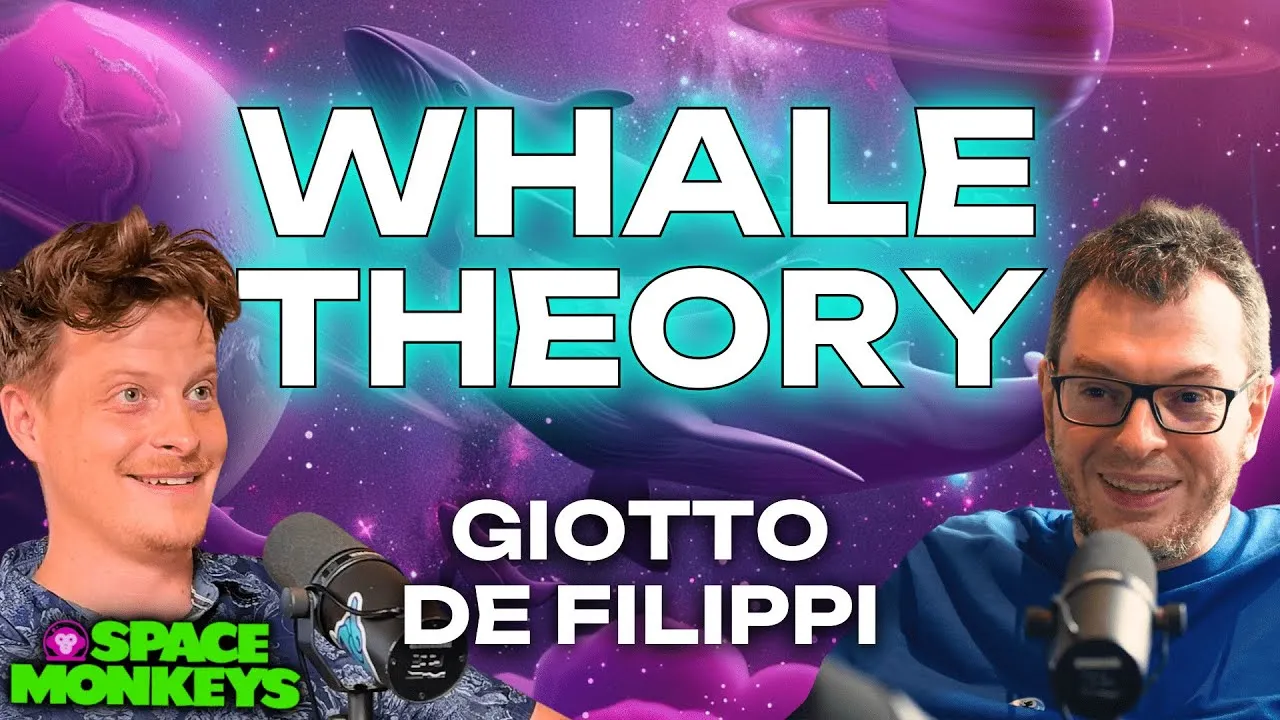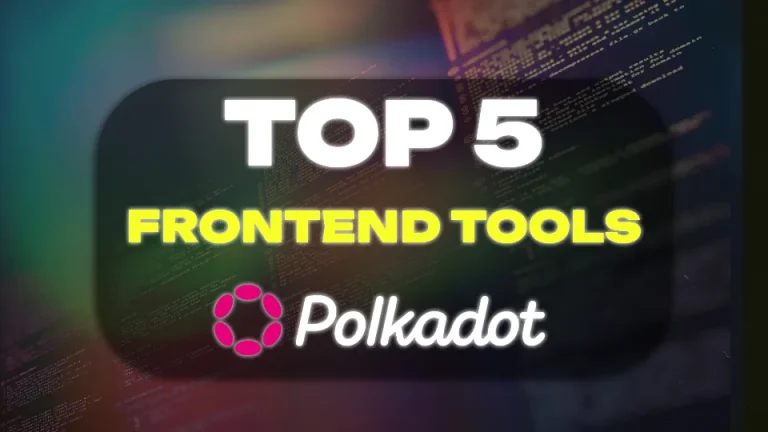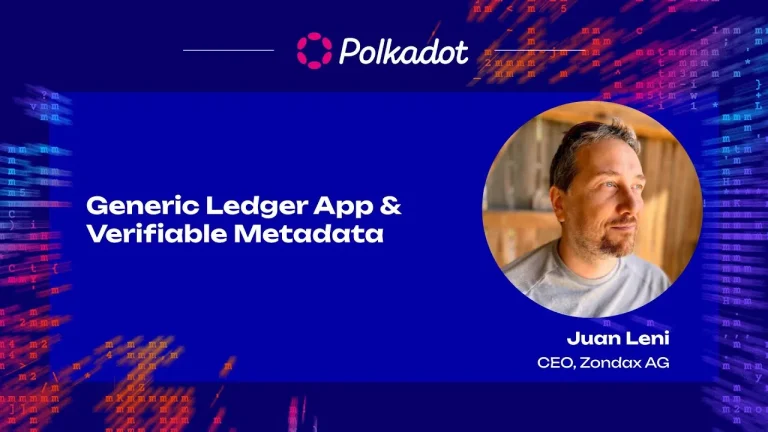Polkadot ecosystem has consistently been at the forefront of innovation, driven by its unique approach to scalability, interoperability, and governance. Central to this ecosystem’s development are the influential figures who shape its direction, one of whom is Giotto De Filippi, a notable presence in the Polkadot community. In a recent episode of Kusamarian Space Monkeys, Giotto, the Chief Memer at the Dead Project, shared his insights on the strategy behind Polkadot’s treasury spending, the role of DOT whales, and the broader implications for the ecosystem’s future.
Giotto De Filippi: A Key Figure in Polkadot Governance
Giotto De Filippi has carved out a significant role within the Polkadot community, not only as a major DOT holder but also as a vocal advocate for strategic governance and marketing initiatives. His influence became particularly apparent with the launch of OpenGov, Polkadot’s decentralized governance model, where he emerged as a key participant in shaping the network’s direction.
During his interview on Space Monkeys, Giotto discussed the early days of his involvement in Polkadot, including his participation in the initial coin offering (ICO) and the decision to hold a substantial amount of DOT. His early conviction in the project, driven by his belief in the scalability and potential of Polkadot, allowed him to accumulate a significant stake, which now gives him considerable influence in the network’s governance.
The Importance of Transforming a Product into a Business
One of the central themes Giotto touched upon was the necessity of transforming a technological product into a sustainable business. He emphasized that while having a superior product is essential, it is equally important to ensure that the market is aware of its existence and potential. “If you have the best product but no one knows about it, it’s useless”, Giotto stated, underscoring the need for effective marketing strategies within the Polkadot ecosystem.
This perspective is crucial in the context of Polkadot, where the focus has traditionally been on development and technical excellence. However, as Giotto pointed out, to ensure long-term success, there must be a concerted effort to market Polkadot’s capabilities to a broader audience, including venture capitalists (VCs) and developers. He drew parallels to his previous experiences in marketing with companies like Skype and Viagogo, where creating awareness and driving user acquisition were key to business growth.
The Role of DOT Whales in Polkadot’s Governance
A significant portion of the discussion revolved around the influence of large DOT holders, often referred to as “whales“, in Polkadot’s governance. Giotto acknowledged the surprise he felt upon realizing the power he wielded in OpenGov due to his substantial DOT holdings. This influence, however, is not unique to him; it extends to other large holders who have the capacity to shape the network’s trajectory through their votes.
The presence of these whales raises important questions about decentralization and the balance of power within the network. While their involvement can drive significant initiatives forward, it also highlights the potential for centralization of influence. Giotto addressed these concerns by emphasizing the importance of active participation from all stakeholders, not just the whales, to ensure that Polkadot’s governance remains truly decentralized.
Polkadot Treasury Spending: A Strategic Investment or Excessive Expenditure?
One of the most contentious topics in the Polkadot community is the management of the network’s treasury. Giotto has been a staunch advocate for using treasury funds to drive marketing and outreach initiatives, arguing that these expenditures are necessary to increase awareness and adoption of Polkadot. However, this stance has not been without its critics.
In the Space Monkeys interview, Giotto elaborated on his philosophy regarding treasury spending, likening it to an insurance policy for the network’s future. He pointed out that while some may focus on the cost of doing, the cost of not doing could be much higher. By investing a portion of the treasury in marketing and outreach, Polkadot can create a positive feedback loop where increased adoption leads to a higher market cap, which in turn replenishes the treasury through inflation.
Giotto also addressed the backlash that followed a report detailing Polkadot’s treasury spending, which revealed that approximately $85 million had been allocated over six months, with $37 million going toward outreach efforts. This sparked concerns that the treasury could be depleted within a few years if spending continued at this rate. However, Giotto countered these fears by explaining that the treasury is constantly replenished through inflation and that the reported figures were taken out of context.
The Psychological Impact of Inflation on DOT Holders
Another critical aspect Giotto discussed was the psychological impact of inflation on DOT holders. Currently, Polkadot has a 10% annual inflation rate, which is used to fund the treasury. While this mechanism ensures a steady flow of resources for the network, it also raises concerns among holders about the dilution of their assets.
Giotto acknowledged that the perception of inflation could deter some potential investors who prefer tokens with lower or capped inflation. He suggested that reducing inflation could appeal to this demographic, making DOT more attractive as a long-term store of value. This aligns with broader discussions in the community about whether to cap the issuance of DOT or continue with the current inflation model.
Polkadot Marketing: The Key to Success
Throughout the interview, Giotto reiterated his belief that effective marketing is crucial to Polkadot’s long-term success. He argued that while Polkadot’s technology is superior, it must be accompanied by efforts to raise awareness and educate potential users and investors about its benefits. This is particularly important in attracting venture capital and encouraging developers to build on the platform.
Giotto pointed to the success of other blockchain projects that have invested heavily in marketing, noting that Polkadot must follow a similar path to achieve its full potential. He also highlighted the importance of branding, suggesting that Polkadot needs to be more assertive in establishing its identity in the broader blockchain ecosystem.
The Future of Polkadot: Short-Term Actions, Long-Term Vision
As the interview drew to a close, Giotto reflected on the future of Polkadot, emphasizing the need to balance short-term actions with a long-term vision. He argued that while it is important to think about the long-term direction of the network, it is equally crucial to address immediate challenges and opportunities.
One example he provided was the development of the Polkadot EVM (Ethereum Virtual Machine), which, while not the ultimate goal, serves as a necessary step to meet current market demands. By offering an EVM-compatible environment, Polkadot can attract projects and developers who are already familiar with Ethereum, thereby increasing adoption in the short term while continuing to work on more advanced solutions like the JAM protocol.
Conclusion: The Dual Role of DOT Whales in Polkadot’s Evolution
Giotto De Filippi’s insights offer a nuanced perspective on the role of DOT whales in Polkadot’s evolution. While their influence is undeniable, it is clear that their actions are driven by a deep commitment to the network’s success. By leveraging their resources and influence, these whales can help guide Polkadot through its current challenges and position it for long-term growth.
However, Giotto’s message is also a call to action for the broader community. To ensure that Polkadot remains decentralized and resilient, it is essential for all stakeholders to actively participate in governance and contribute to the network’s development. Only through collective effort can Polkadot achieve its vision of a truly decentralized and scalable blockchain ecosystem.
As Polkadot continues to evolve, the decisions made by its community will shape the future of the network. Whether through strategic treasury spending, marketing initiatives, or governance participation, the actions taken today will determine Polkadot’s place in the blockchain landscape for years to come.
This article was written to provide an in-depth look at the strategies and perspectives that drive the Polkadot ecosystem. By examining the insights of key figures like Giotto De Filippi, we gain a better understanding of the complex dynamics at play and the importance of both short-term actions and long-term vision in building a successful blockchain network.








